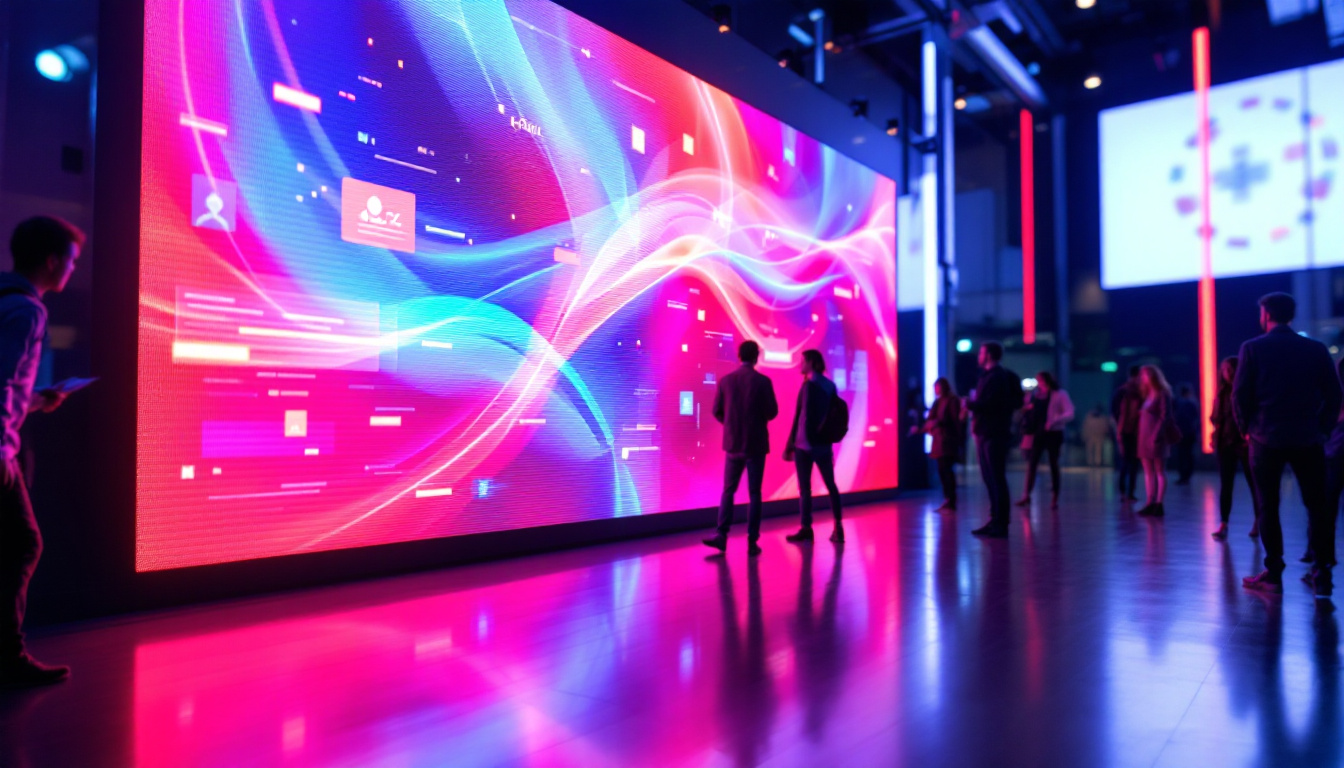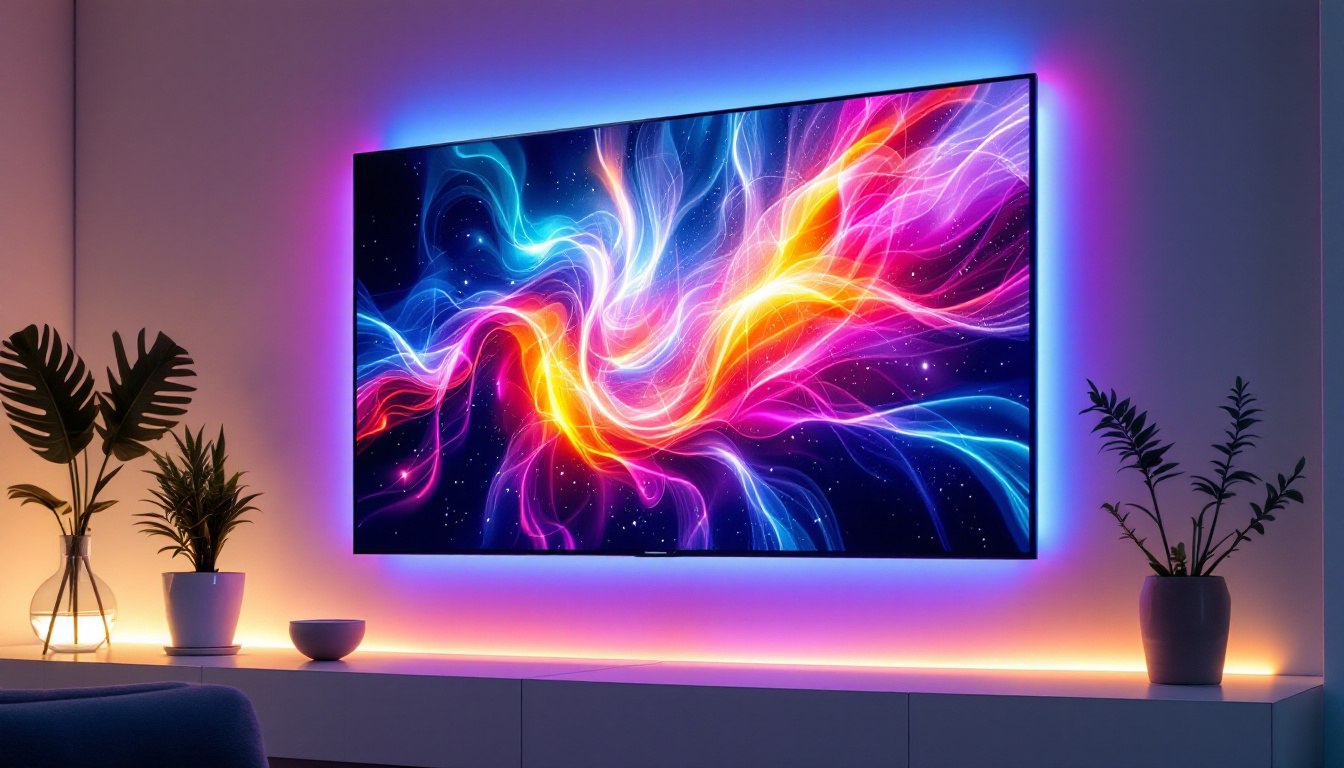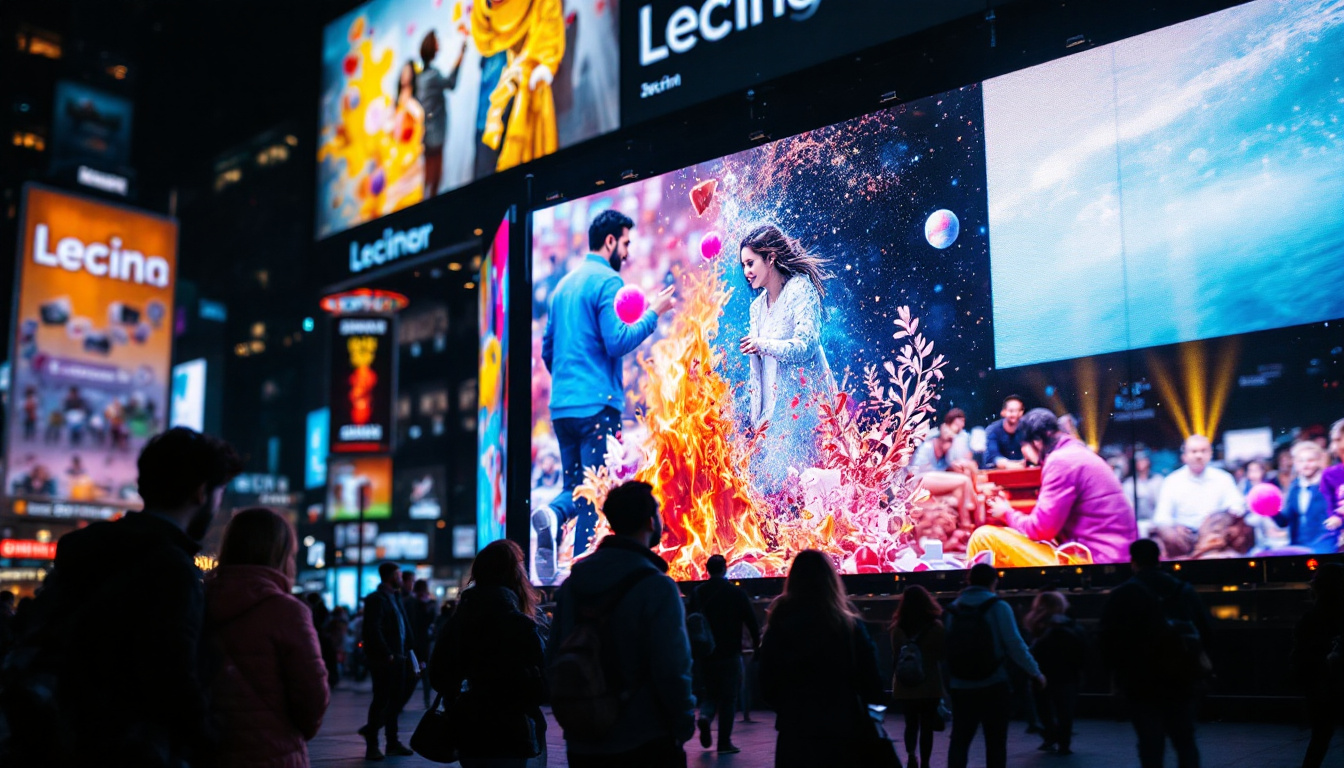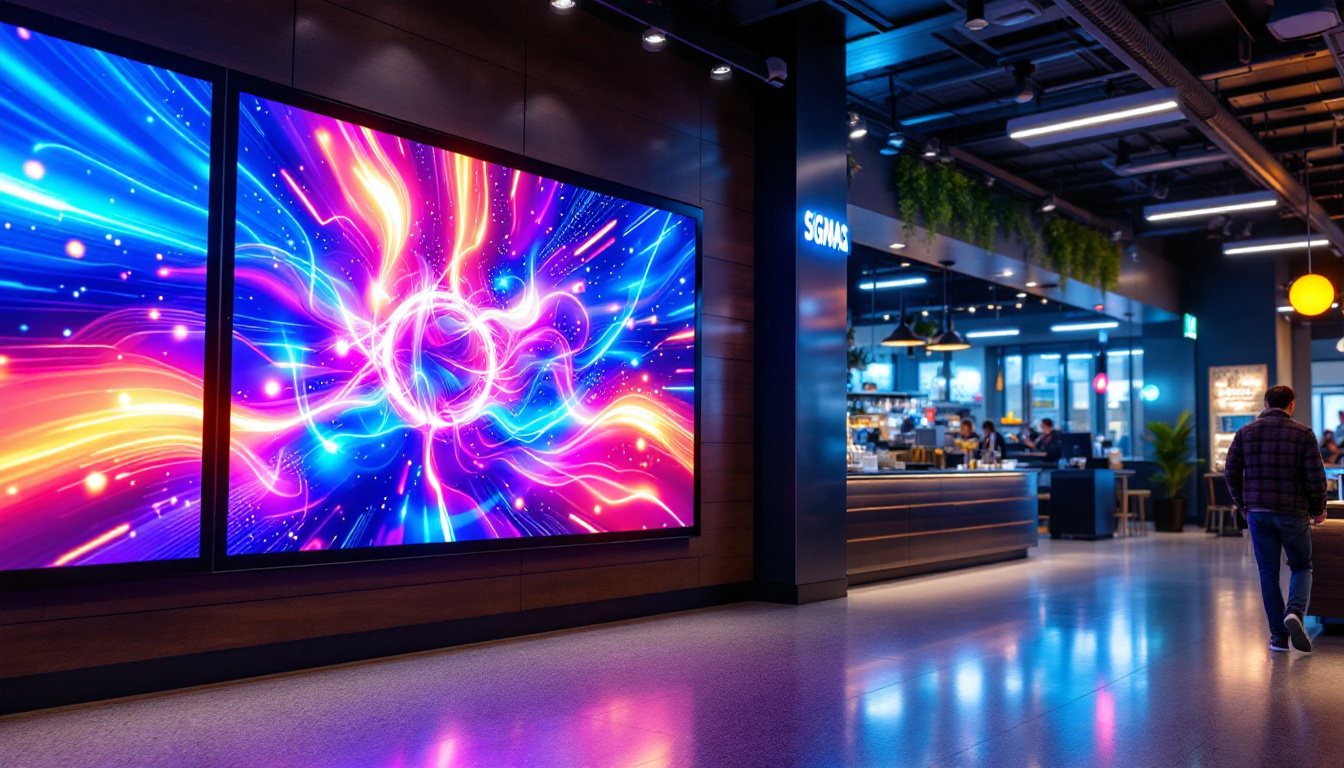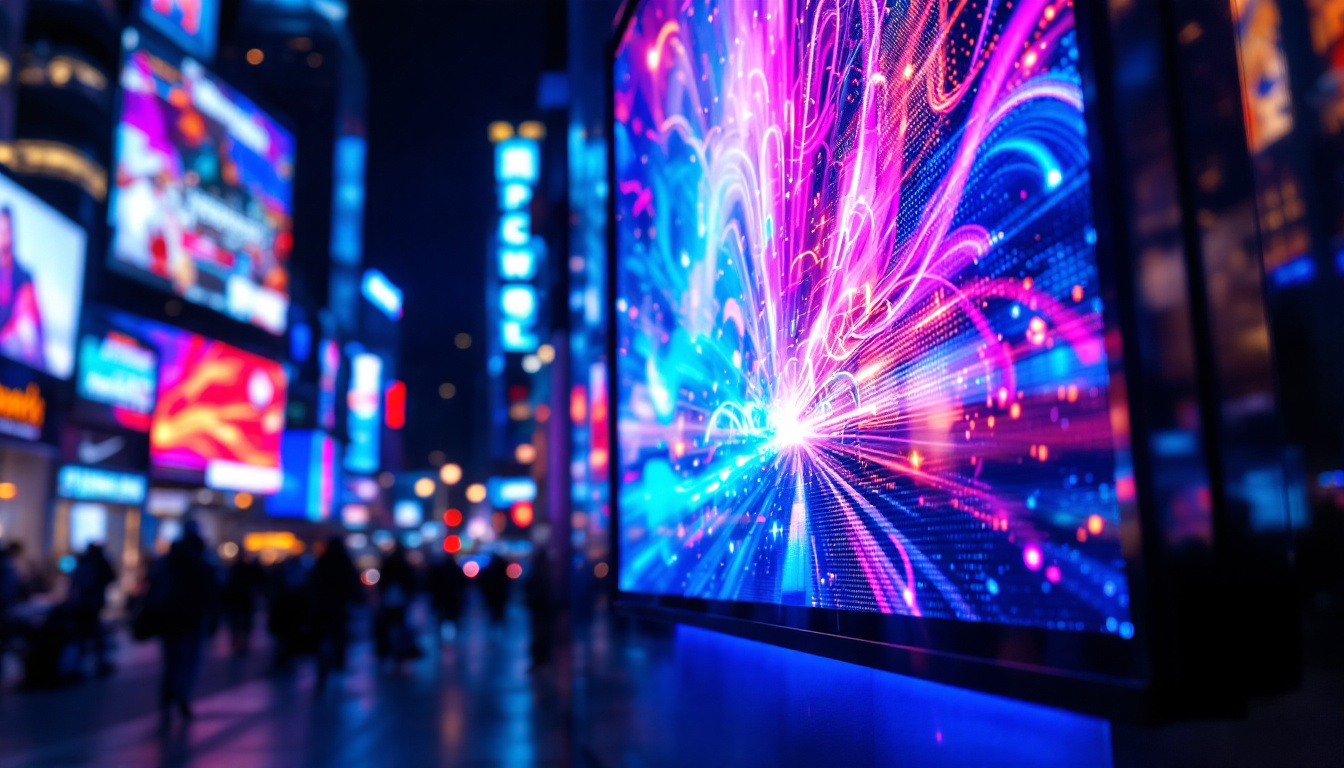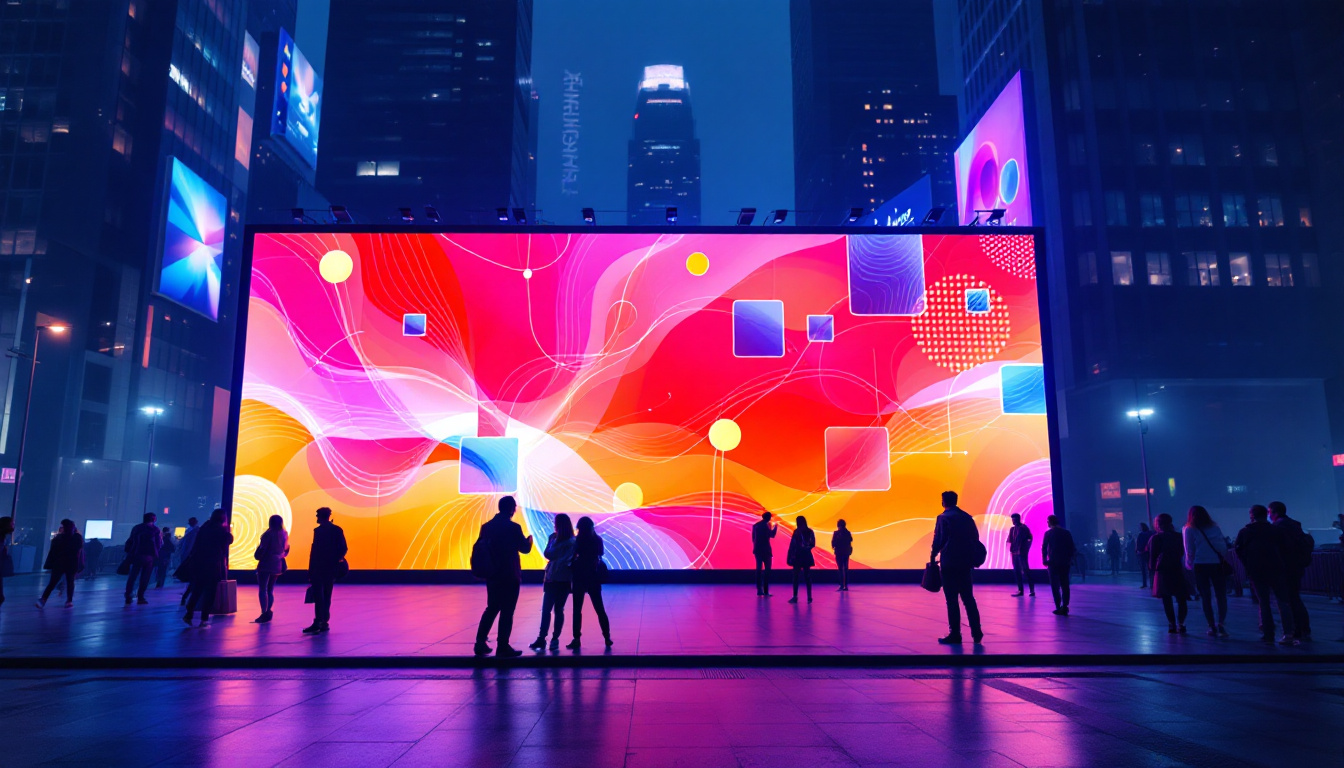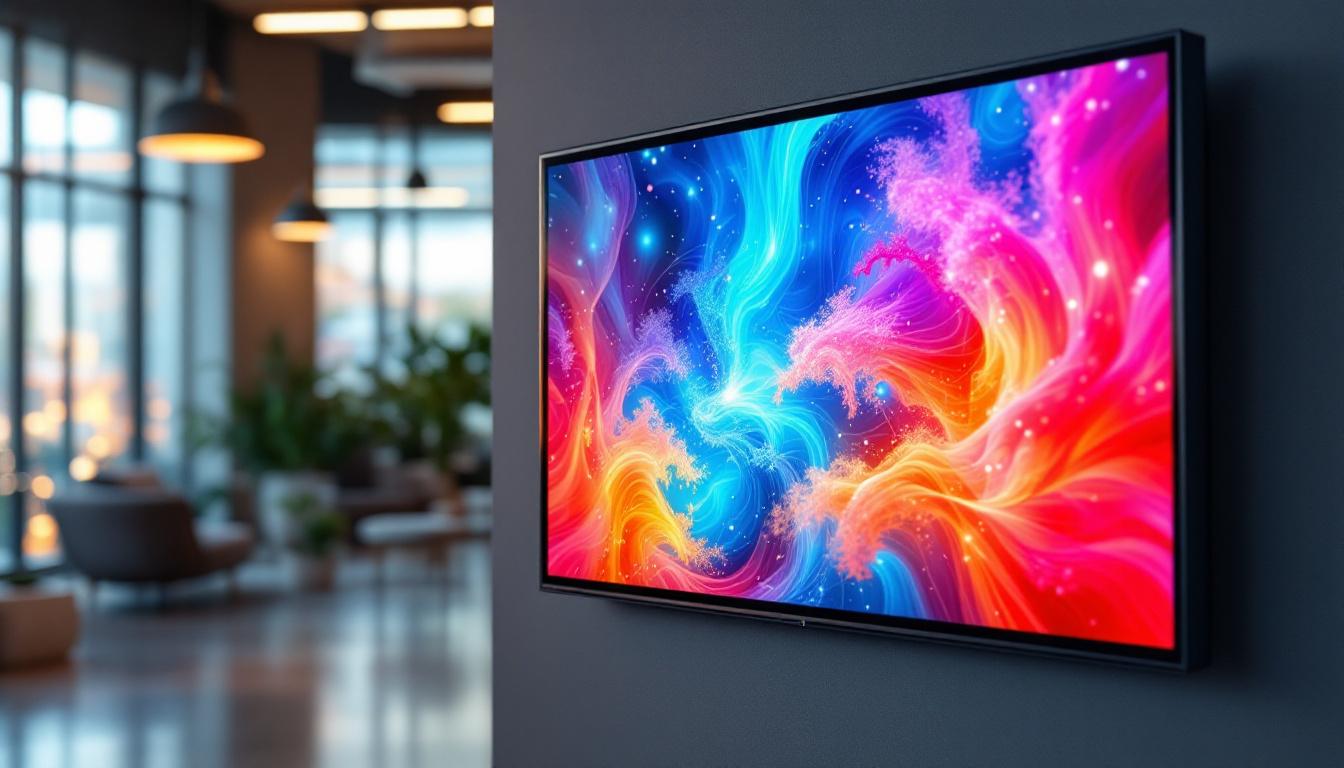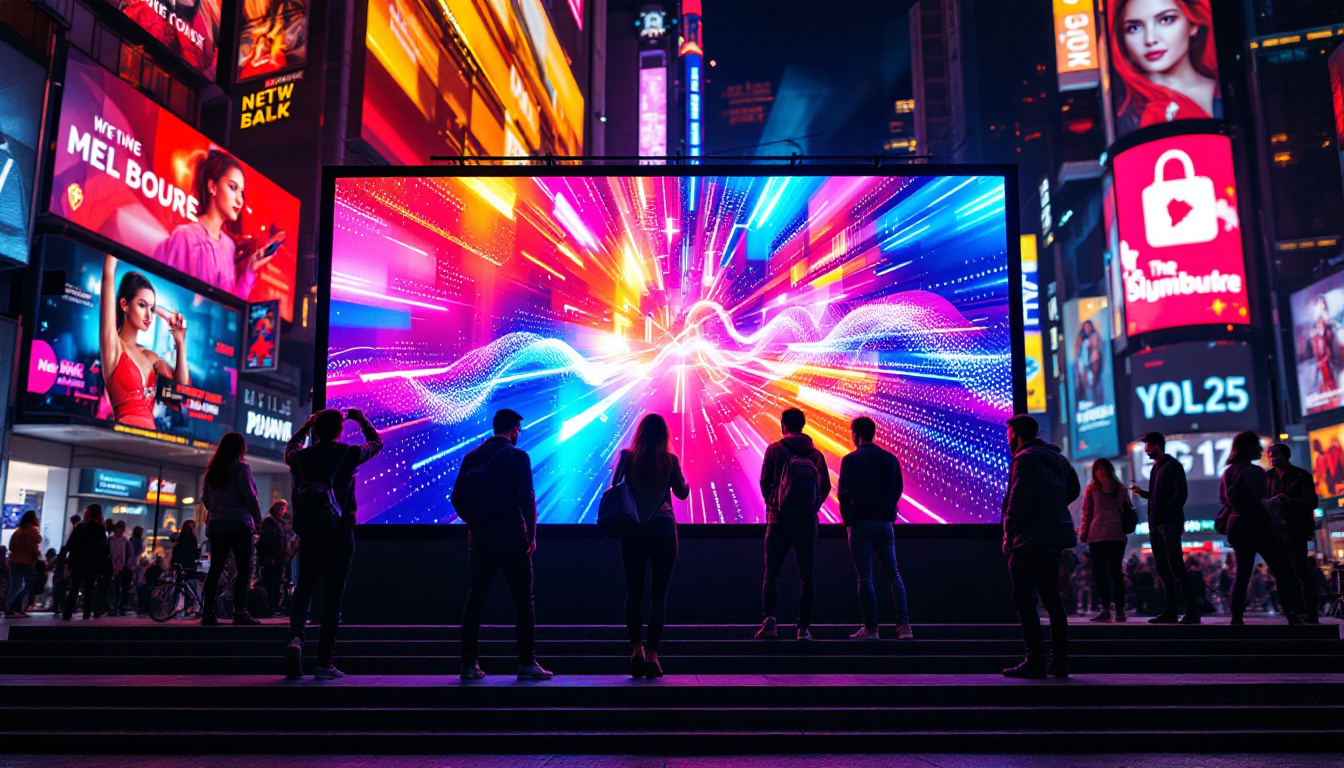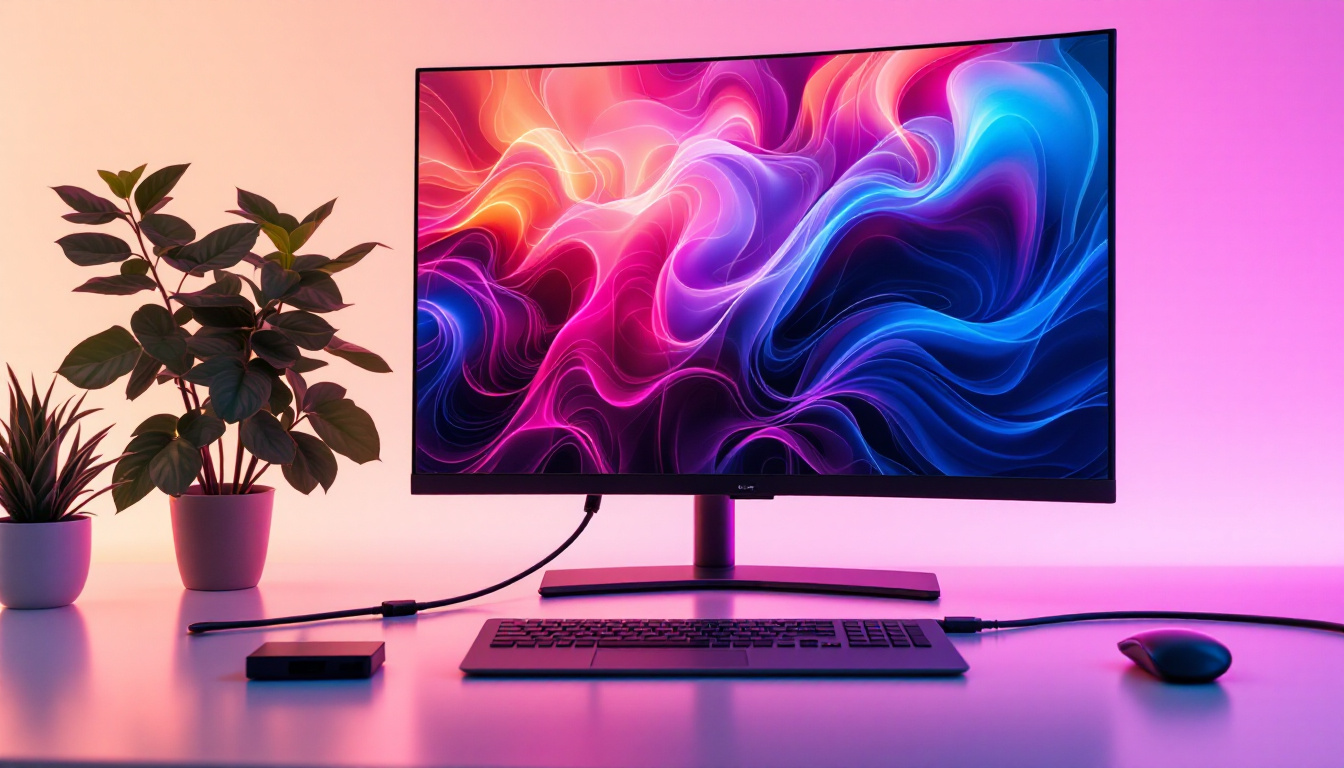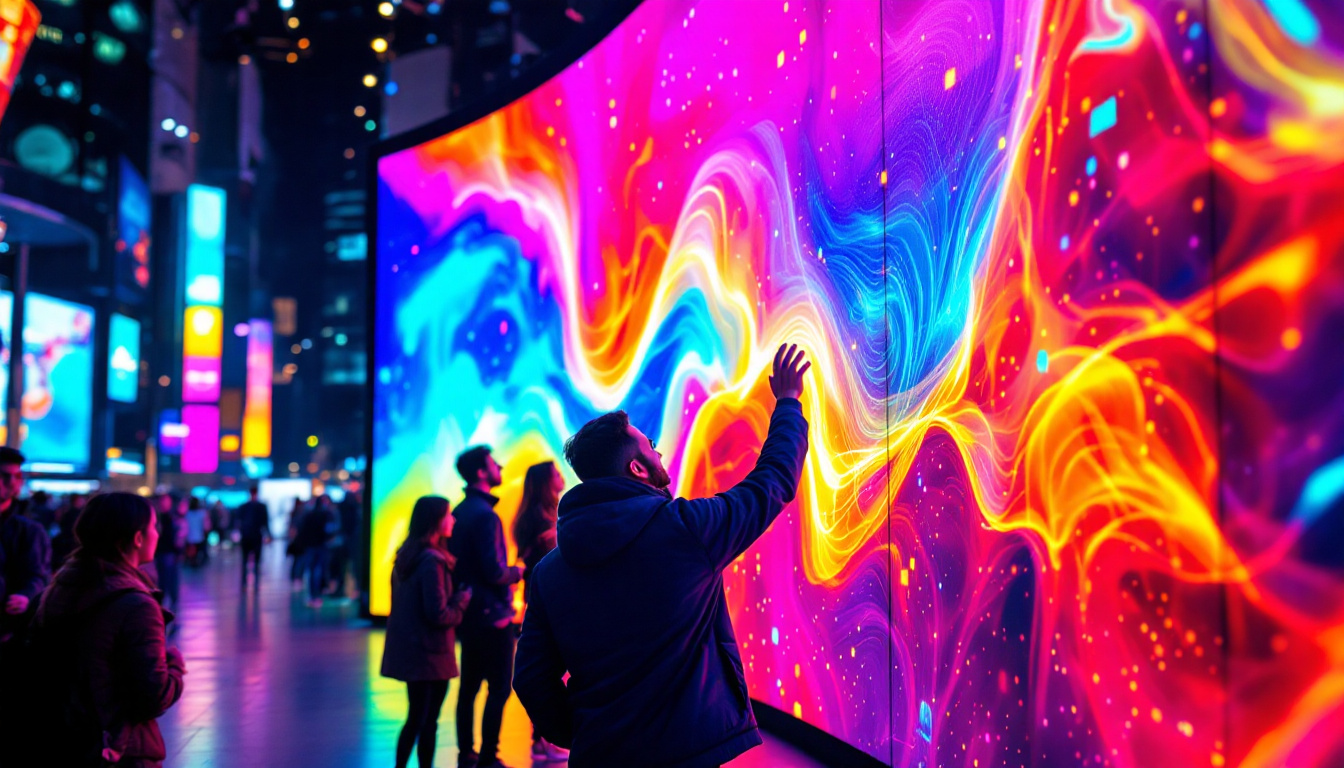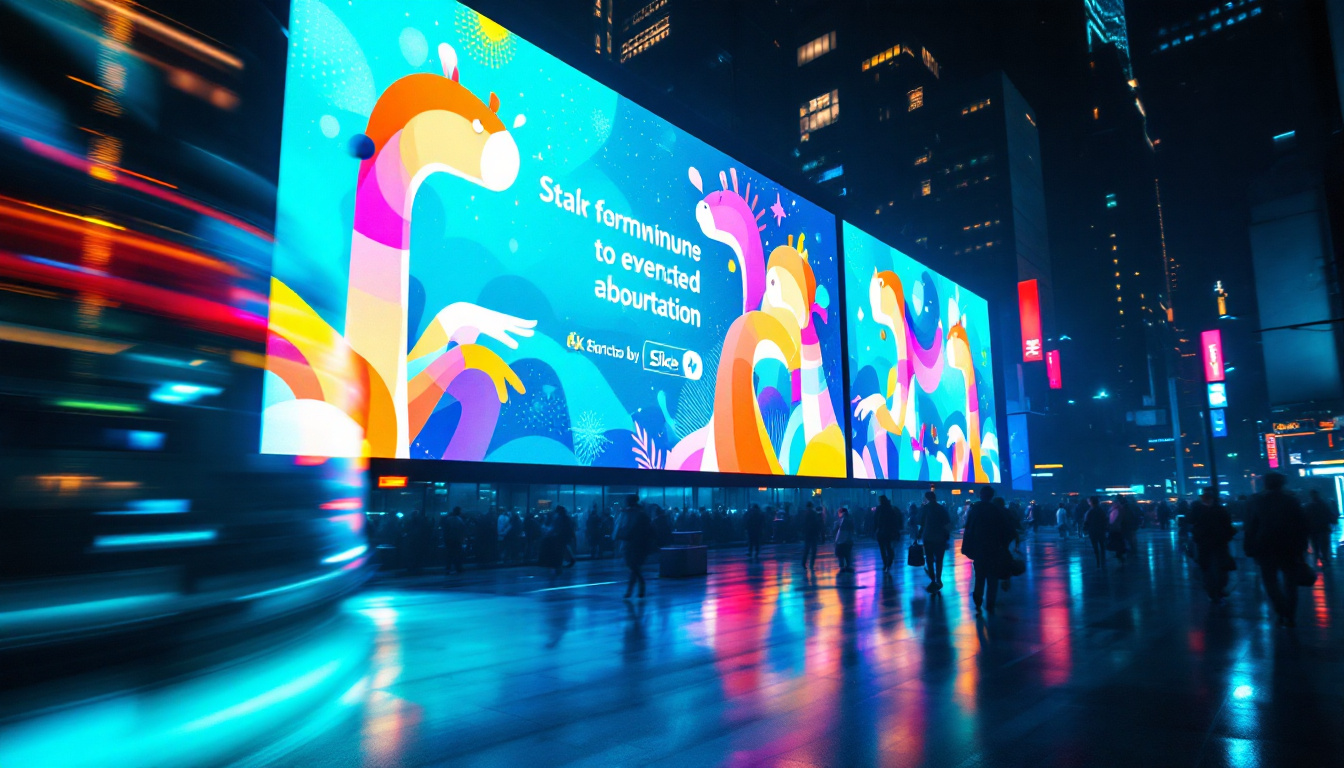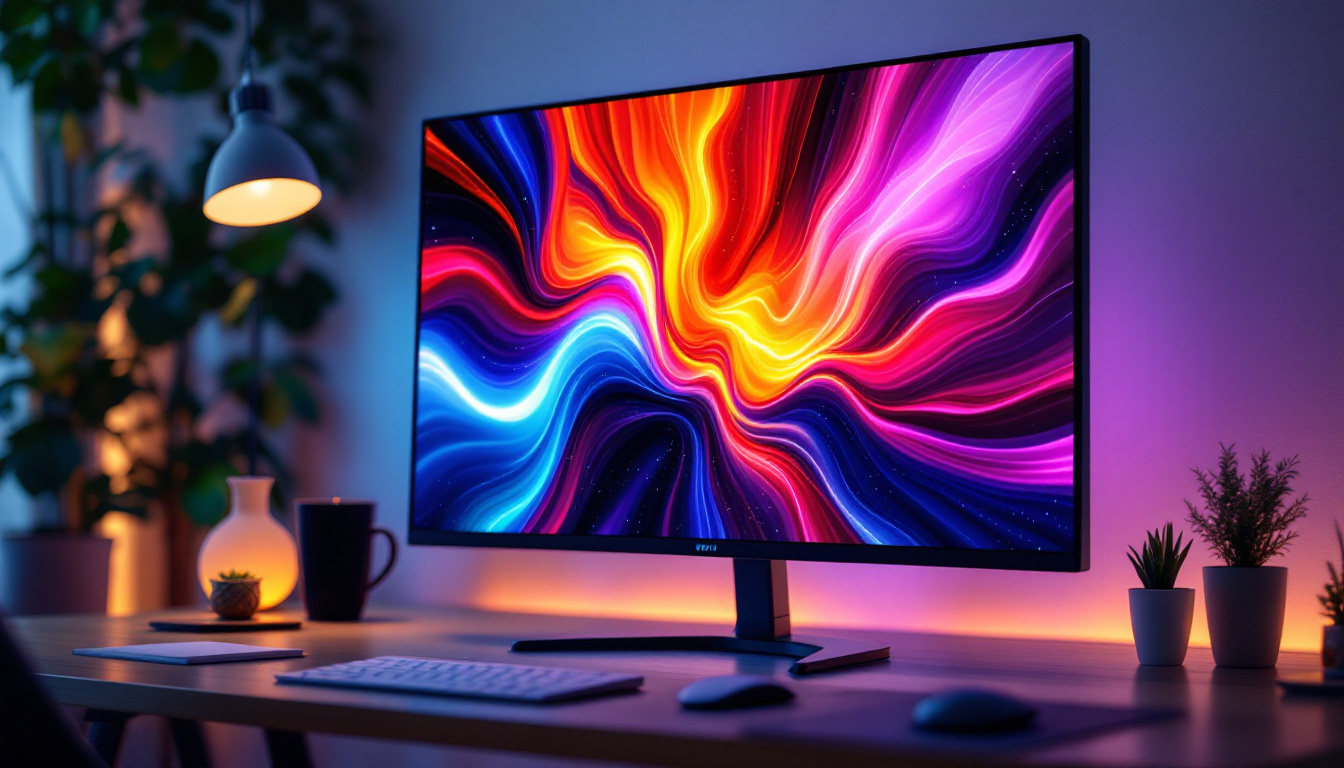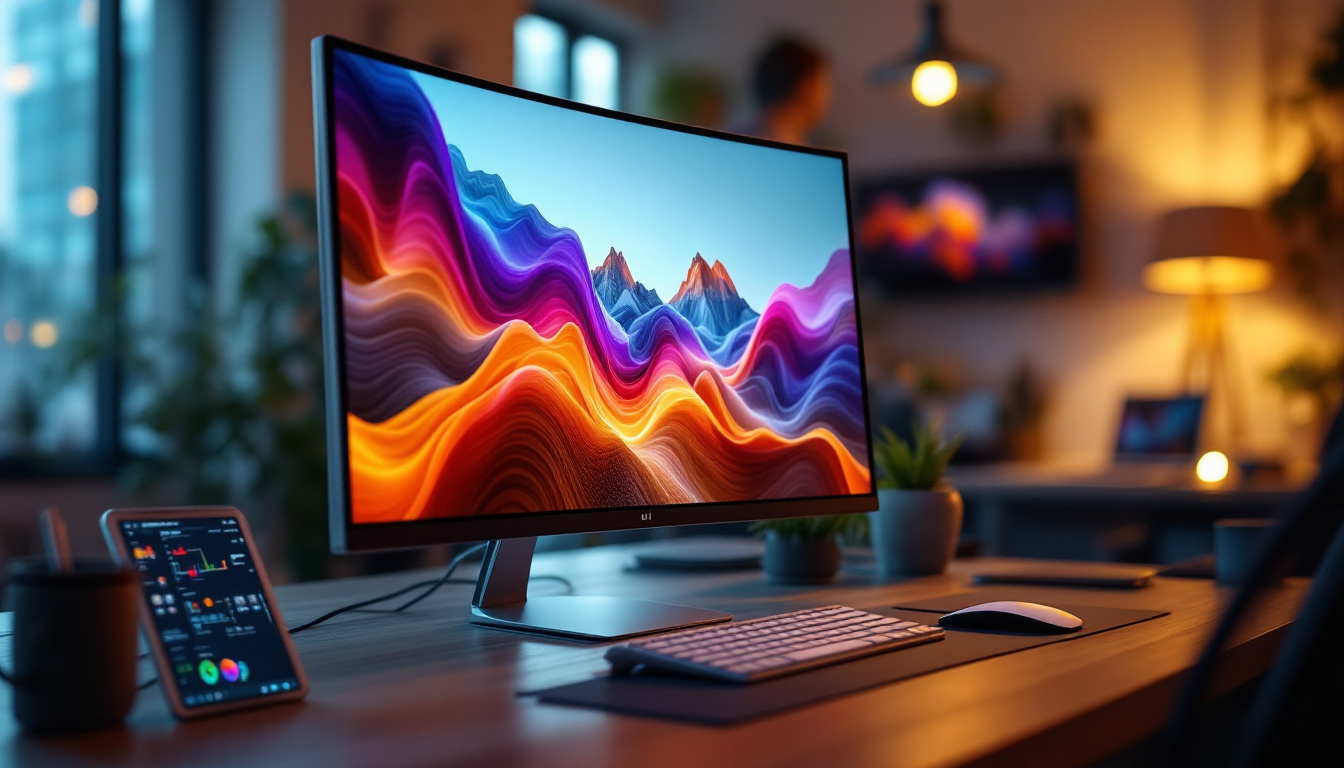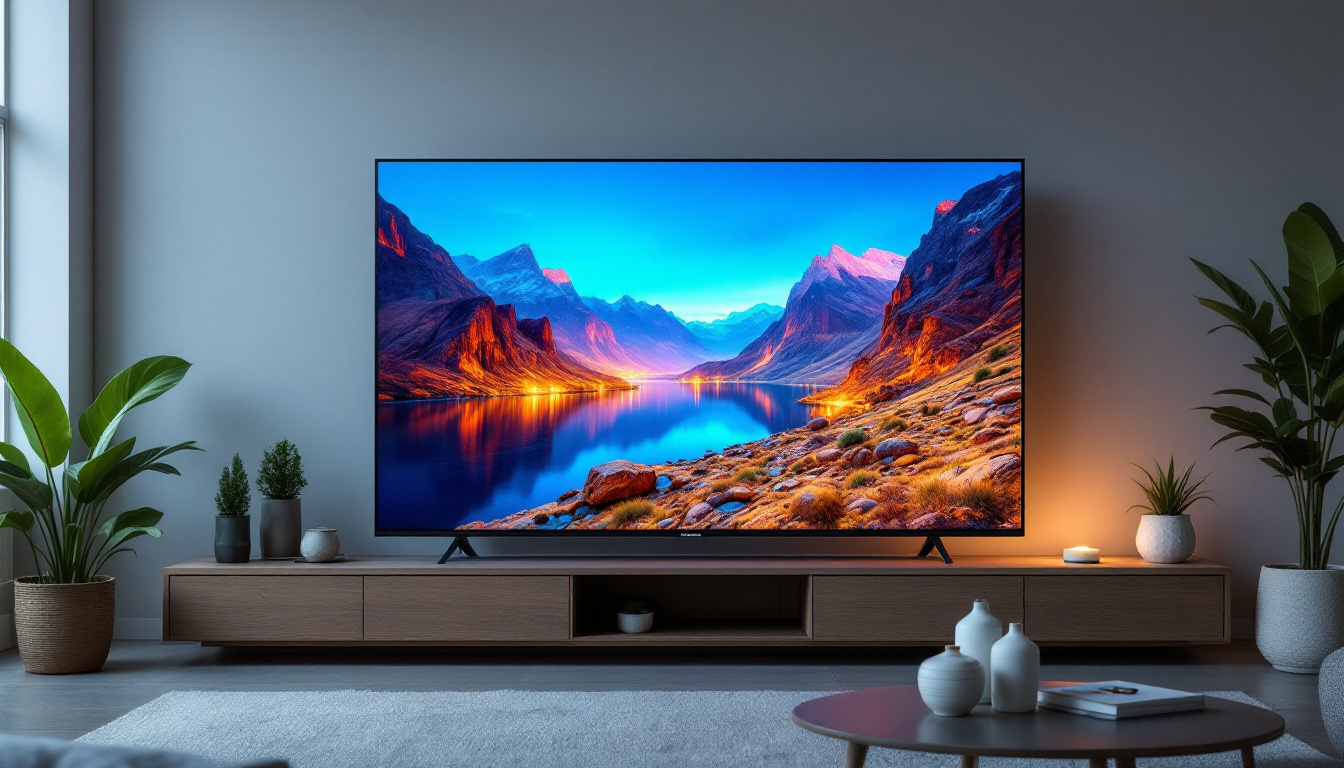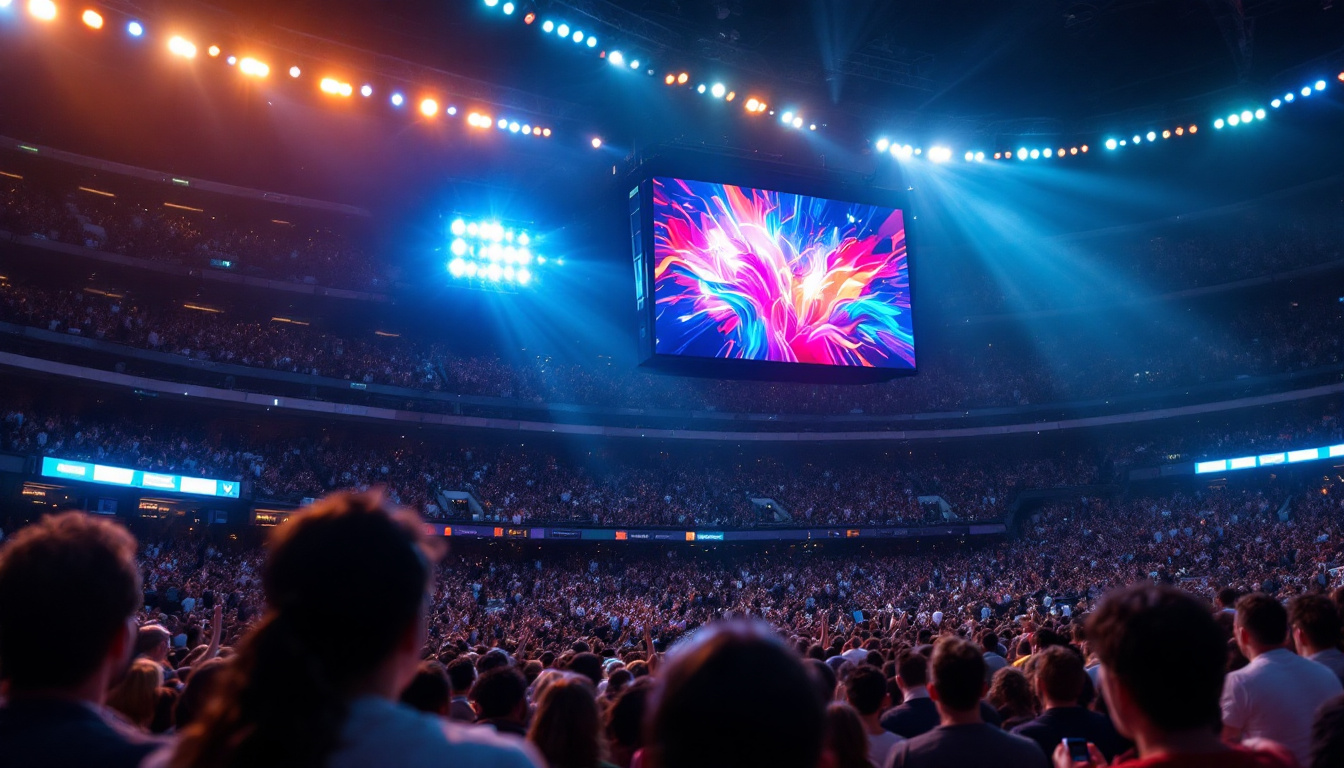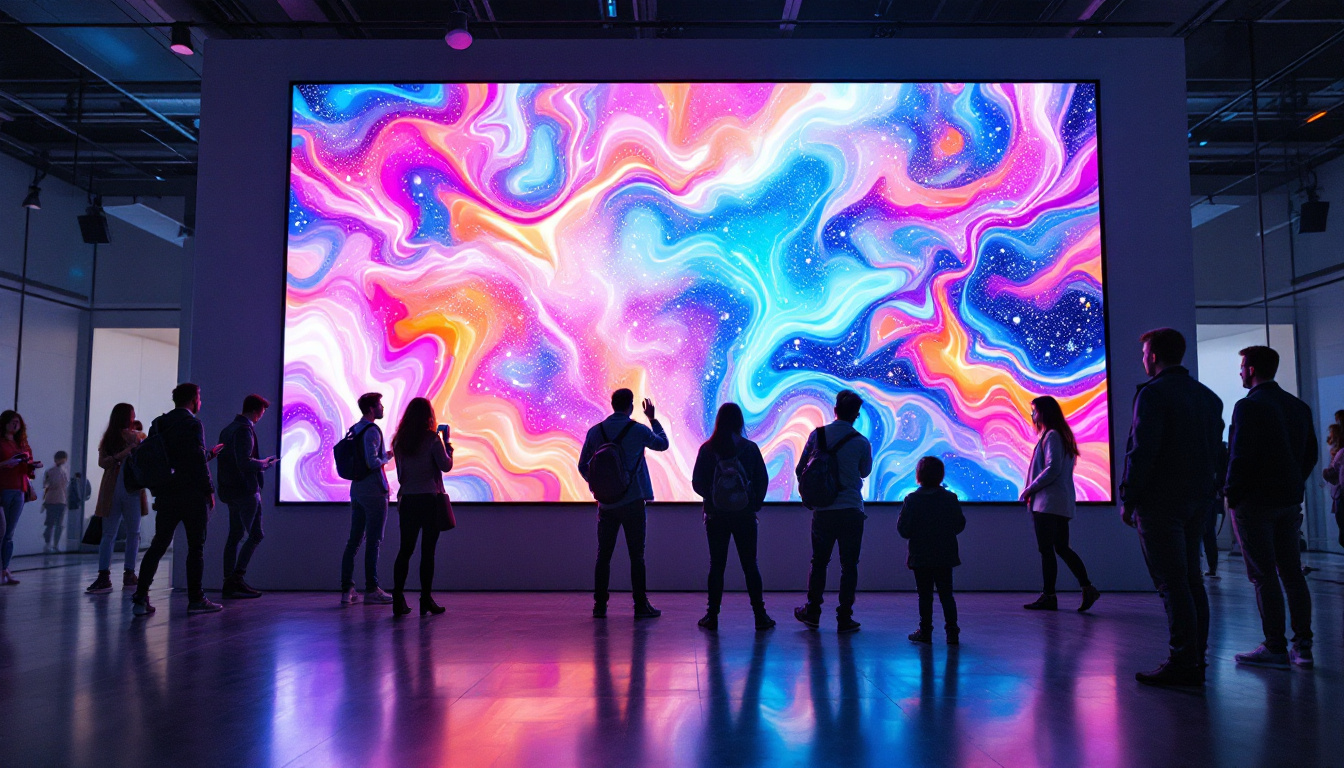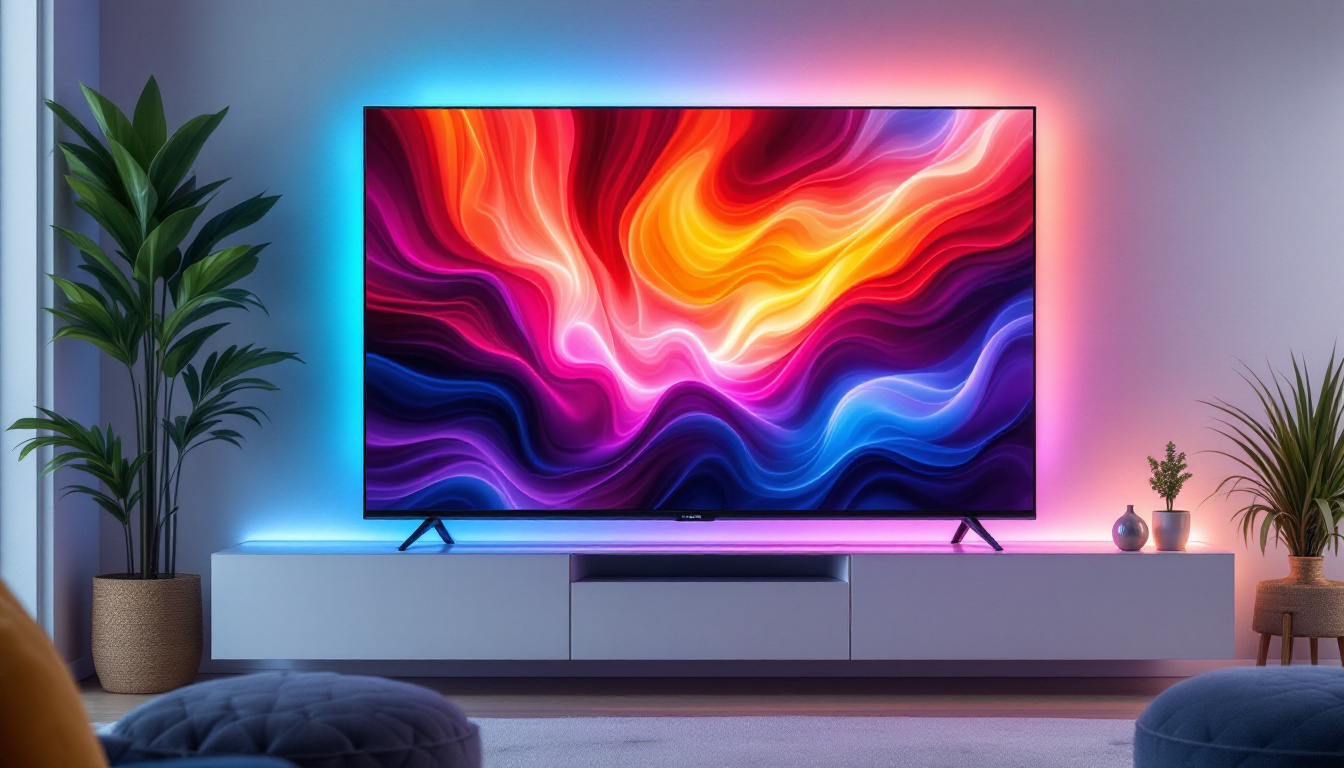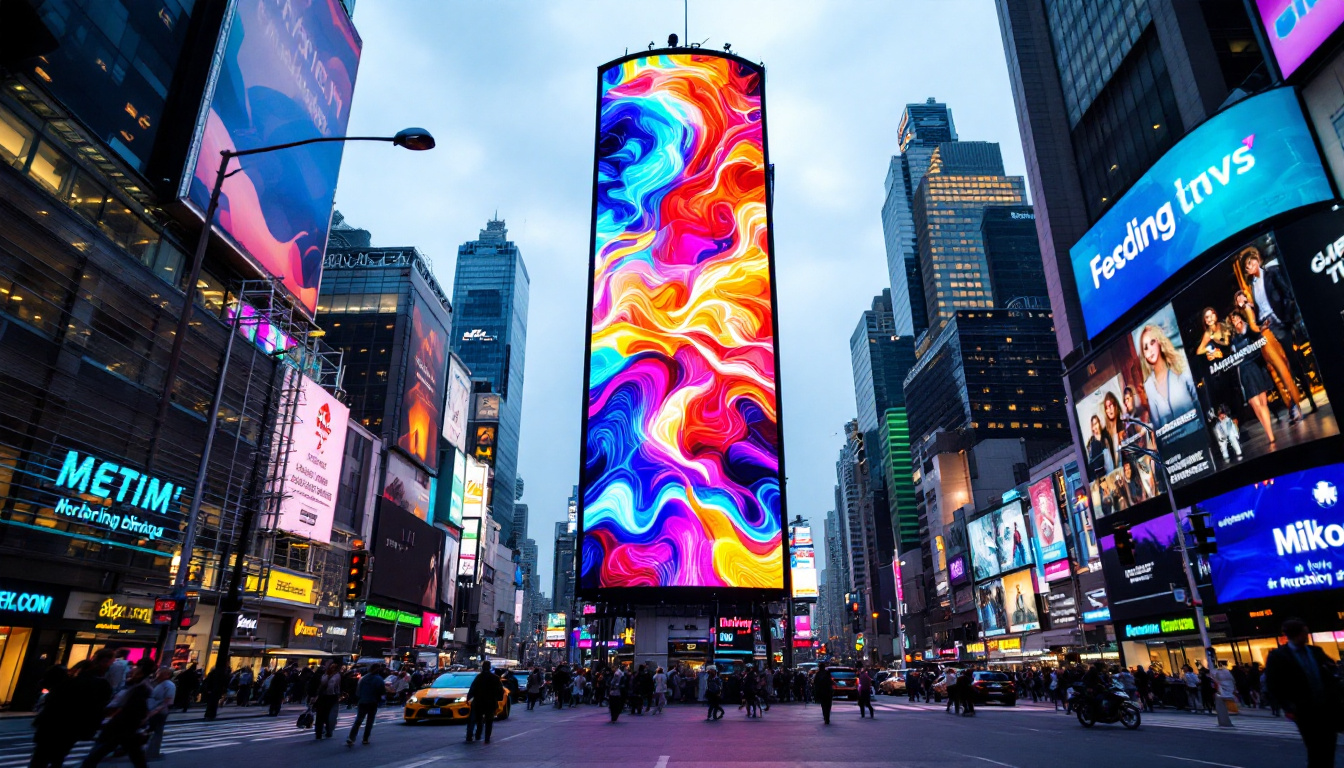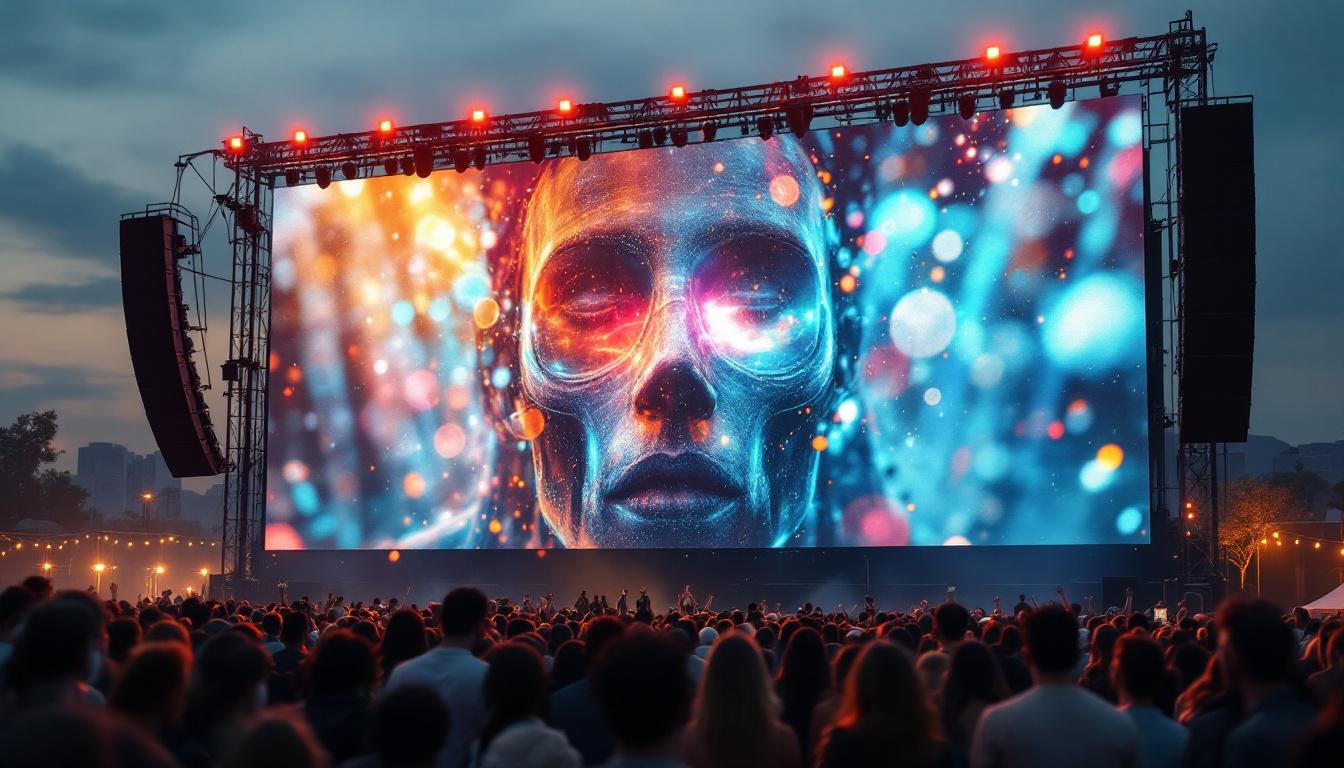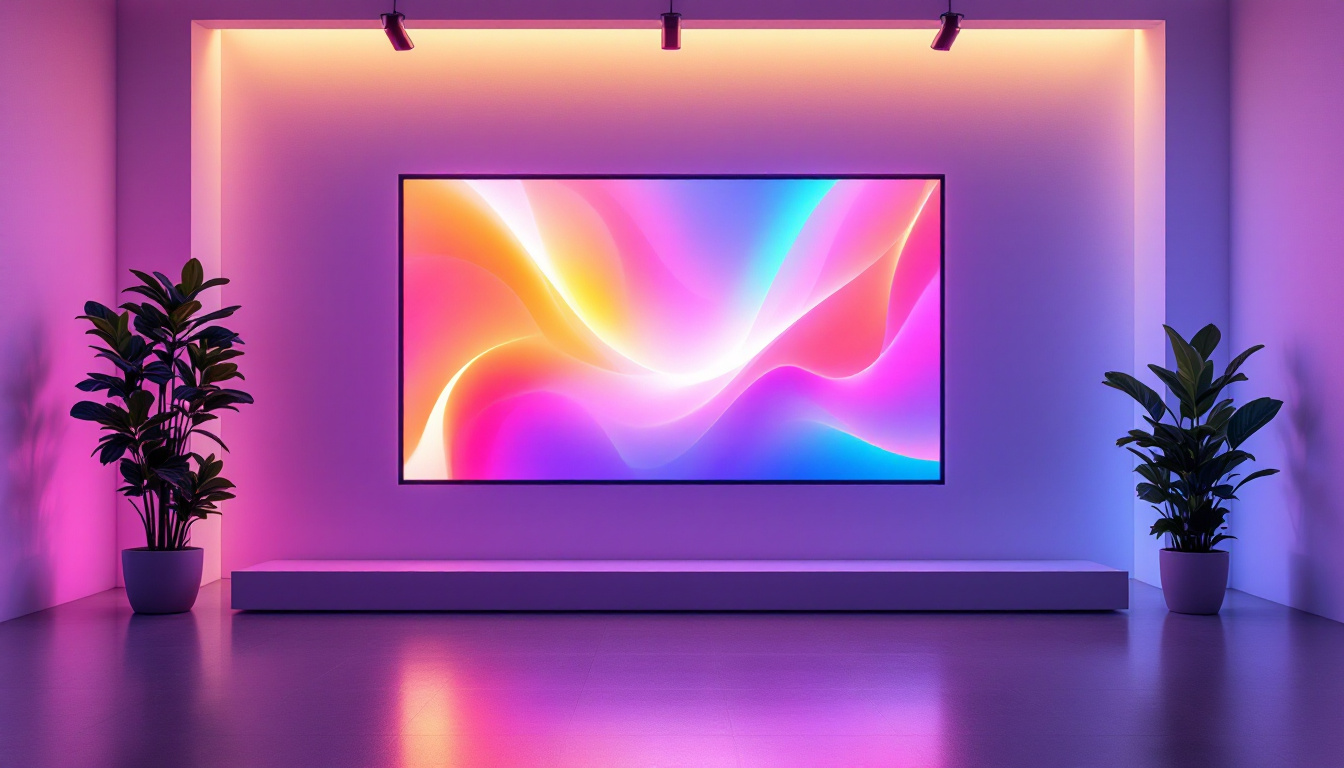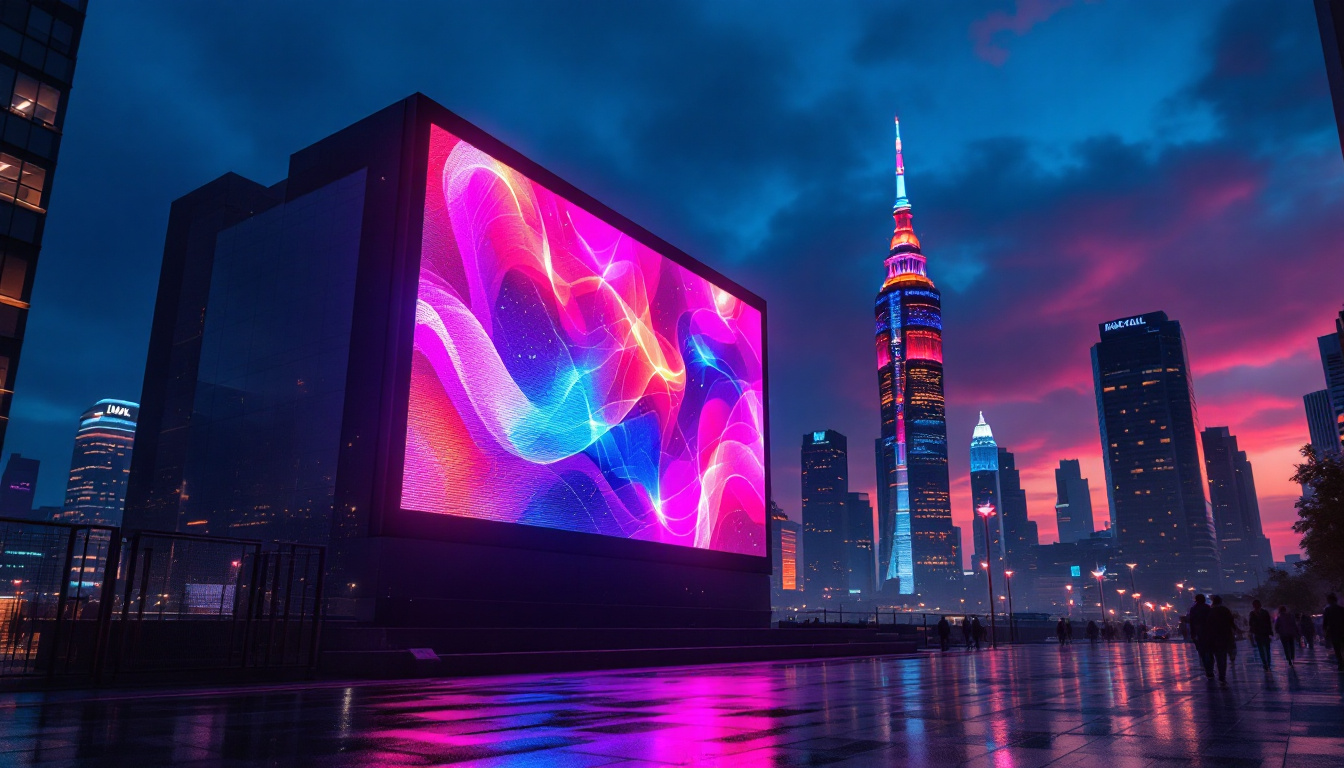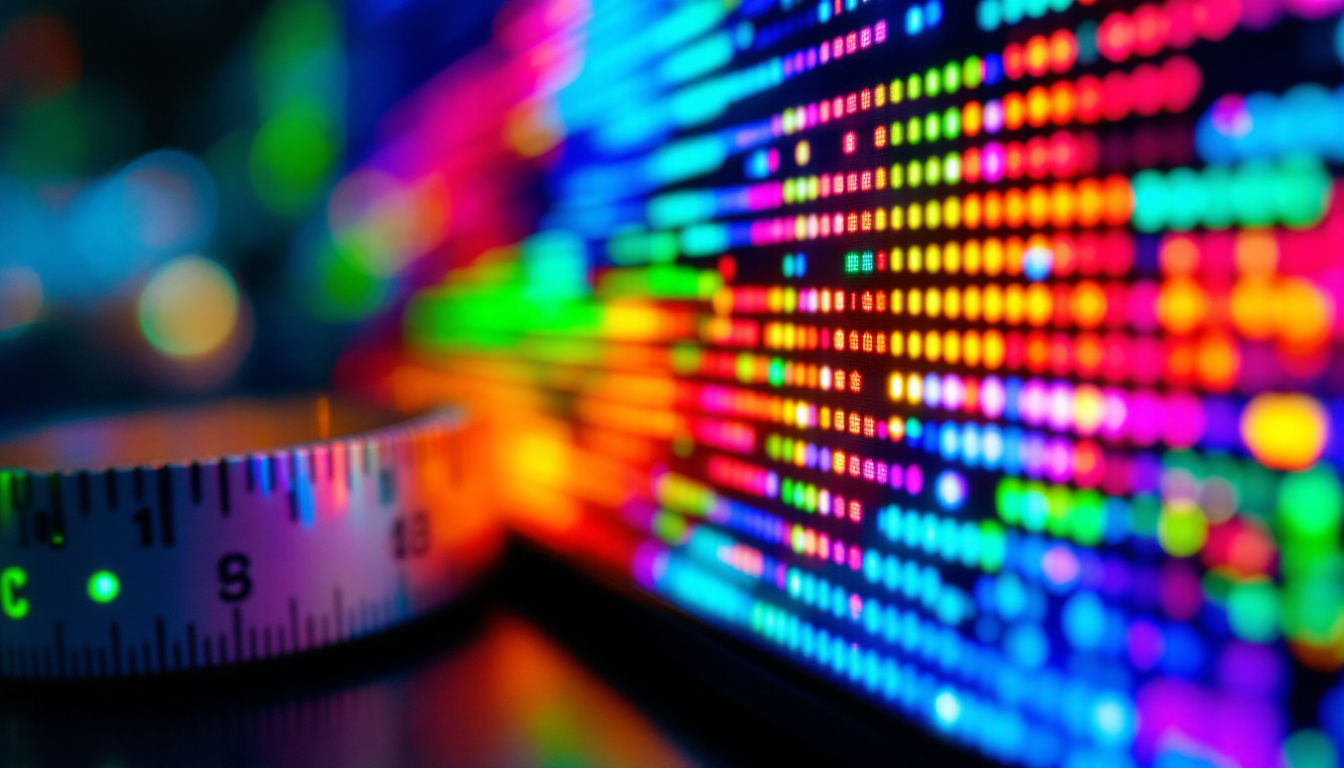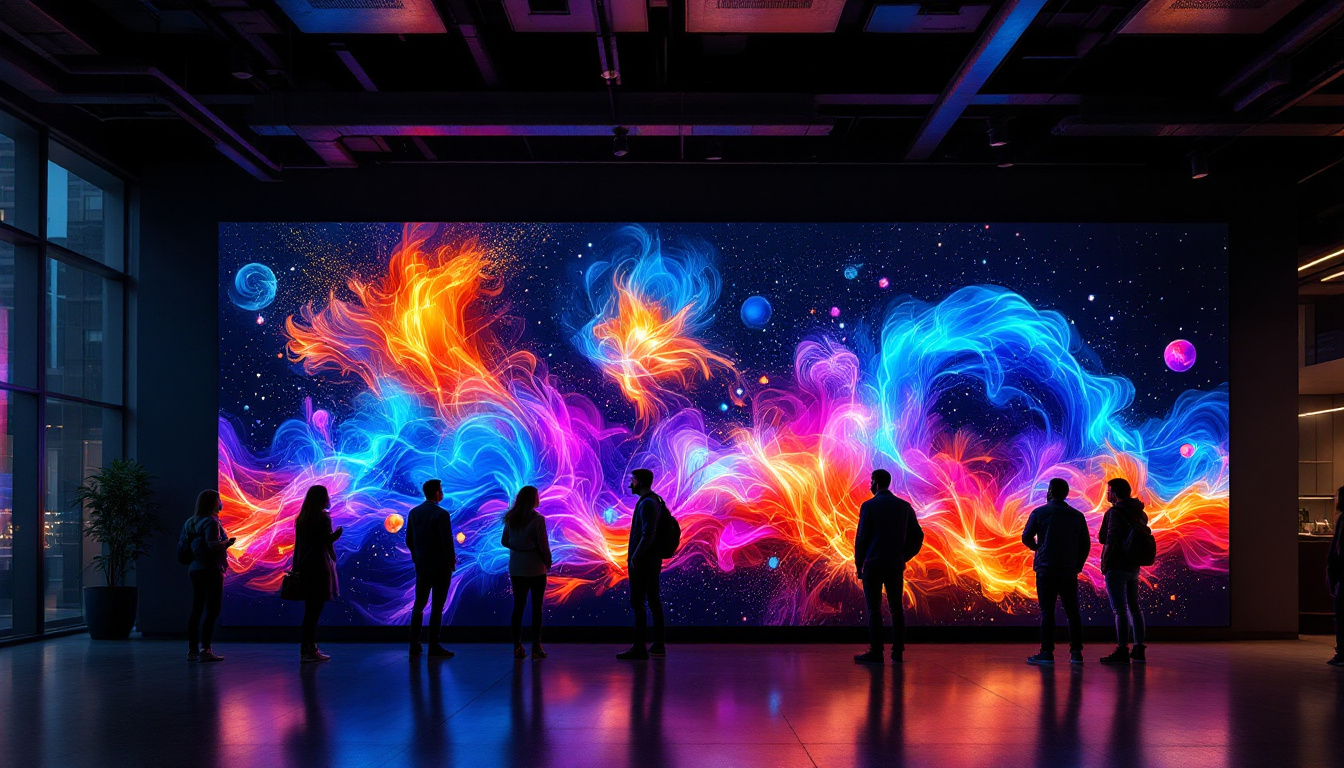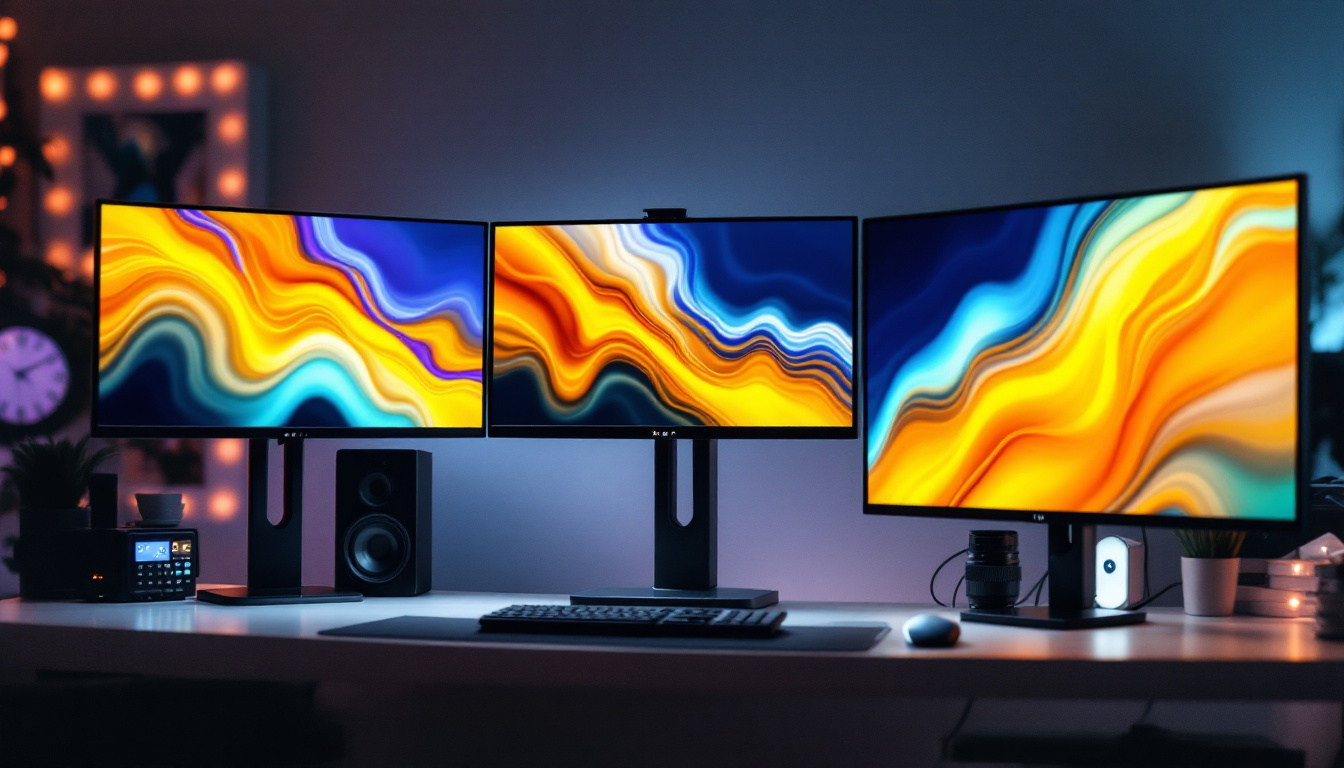In today’s digital age, the way we consume information and interact with technology has evolved significantly. One of the most notable advancements in this realm is the interactive display screen, particularly those utilizing LED (Light Emitting Diode) technology. This article delves into the intricacies of LED displays, their functionality, applications, and the benefits they offer in various settings.
Understanding LED Technology
What is an LED Display?
An LED display is a flat panel display that uses light-emitting diodes to produce images and videos. Unlike traditional displays that rely on backlighting, LED displays emit light directly, resulting in brighter images and improved energy efficiency. This technology has become increasingly popular in various applications, from advertising billboards to interactive kiosks. The ability to create vibrant colors and high contrast ratios makes LED displays a preferred choice for many industries, including entertainment, retail, and transportation.
LED displays can be categorized into several types, including OLED (Organic LED), Mini-LED, and MicroLED. Each type has its unique characteristics, but they all share the fundamental principle of using diodes to create visuals. For instance, OLED displays are known for their deep blacks and wide viewing angles, while Mini-LED technology enhances brightness and contrast by utilizing smaller diodes. The versatility of LED technology allows for a wide range of sizes and resolutions, making it suitable for both small screens and large-scale installations. This adaptability has led to the integration of LED displays in innovative ways, such as in architectural designs, where they can be seamlessly incorporated into building facades or used as dynamic art installations.
How LED Displays Work
At the core of an LED display are the individual diodes that emit light when an electric current passes through them. These diodes are arranged in a matrix, with each pixel typically consisting of red, green, and blue (RGB) components. By adjusting the intensity of each color, a full spectrum of colors can be produced, enabling the display to render detailed images and videos. This pixel-based approach allows for high levels of customization in terms of brightness and color accuracy, which is crucial for applications requiring precise visual representation.
The operation of LED displays can be further enhanced through various technologies such as pixel mapping and dynamic range adjustment. These features allow for improved image quality, making LED displays ideal for environments where clarity and detail are essential. Additionally, advancements in LED technology have led to the development of smart displays that can connect to the internet, enabling real-time content updates and interactivity. This capability is particularly beneficial for advertising, as it allows businesses to tailor their messages based on audience engagement and current trends. Furthermore, the integration of sensors and AI can optimize the display’s performance, adjusting brightness based on ambient light conditions or even analyzing viewer demographics to deliver targeted content.
Applications of Interactive LED Displays
Commercial Use
Interactive LED displays have found a significant foothold in commercial settings. Retailers utilize these screens for advertising, showcasing products, and engaging customers. The ability to display dynamic content, such as videos and animations, captures consumer attention more effectively than static displays.
Moreover, interactive features allow customers to engage with the content directly, whether through touch screens or motion sensors. This interactivity not only enhances the shopping experience but also provides valuable data to businesses regarding customer preferences and behaviors. For instance, retailers can analyze which products attract the most attention or which promotions lead to increased sales, allowing them to tailor their marketing strategies accordingly. Furthermore, interactive displays can facilitate gamification elements, encouraging customers to participate in contests or loyalty programs, thereby fostering a deeper connection with the brand.
Education and Training
In educational institutions, interactive LED displays are transforming the way information is presented. These screens facilitate collaborative learning by allowing multiple users to interact with the content simultaneously. Teachers can display multimedia presentations, videos, and interactive quizzes, making lessons more engaging.
Furthermore, the clarity and brightness of LED displays ensure that content is visible even in well-lit classrooms. This technology supports various teaching styles and accommodates different learning preferences, ultimately enhancing the educational experience. For instance, students can work together on projects displayed on these screens, promoting teamwork and communication skills. Additionally, educators can incorporate real-time feedback tools, allowing students to respond to questions or polls instantly, thus creating a more dynamic and responsive learning environment that keeps students actively involved in their education.
Healthcare Settings
In healthcare environments, interactive LED displays serve multiple purposes. They can be used for patient education, displaying important information in waiting areas, or even as part of surgical equipment. The ability to present clear visuals in high-stress situations can aid in communication between medical professionals and patients.
Additionally, interactive displays in hospitals can streamline workflows, allowing staff to access information quickly and efficiently. This not only improves patient care but also enhances overall operational efficiency within healthcare facilities. For example, interactive displays can provide real-time updates on patient status, appointment schedules, or even educational content about health conditions, empowering patients to take an active role in their care. Moreover, these displays can be integrated with telemedicine solutions, facilitating remote consultations and ensuring that patients receive timely and comprehensive care, regardless of their location.
Benefits of Interactive LED Displays
Enhanced Visibility and Clarity
One of the primary advantages of LED displays is their superior visibility. LED technology offers high brightness levels, making screens easily readable in various lighting conditions. This is particularly beneficial for outdoor displays, where sunlight can wash out traditional screens.
The clarity of LED displays also contributes to a better viewing experience. With high resolutions and vibrant colors, these screens can showcase intricate details, making them ideal for applications that require precision, such as medical imaging or detailed product displays.
Energy Efficiency
Energy efficiency is another significant benefit of LED displays. Compared to traditional LCD screens, LED technology consumes less power, which can lead to substantial savings over time. This is especially important for businesses that operate large-scale displays or utilize screens for extended periods.
Moreover, the longevity of LED displays further enhances their cost-effectiveness. With a lifespan that can exceed 50,000 hours, these screens require less frequent replacements, reducing waste and maintenance costs.
Interactive Features
The interactive capabilities of LED displays set them apart from traditional screens. Touch-sensitive technology allows users to engage directly with the content, creating a more immersive experience. This interactivity is valuable in various settings, from retail environments to educational institutions.
Furthermore, the integration of software applications can enhance the functionality of interactive displays. Businesses can tailor content to meet specific needs, whether it’s through interactive menus, educational tools, or customer engagement platforms.
Challenges and Considerations
Initial Investment
While the benefits of interactive LED displays are substantial, the initial investment can be a barrier for some businesses. High-quality LED screens can be costly, particularly for large installations. However, many organizations view this as a long-term investment, given the potential for increased engagement and sales.
It’s essential for businesses to conduct a cost-benefit analysis to determine the feasibility of implementing LED technology. Considering factors such as energy savings, maintenance costs, and potential revenue growth can help justify the initial expenditure.
Technical Expertise
Implementing and maintaining interactive LED displays may require specialized technical expertise. Organizations may need to invest in training for staff or hire external professionals to ensure proper installation and operation. This can add to the overall cost and complexity of the project.
However, many manufacturers offer support and resources to assist businesses in navigating these challenges. Ensuring that staff is adequately trained can help maximize the benefits of the technology while minimizing potential issues.
Future Trends in Interactive LED Displays
Advancements in Technology
The future of interactive LED displays looks promising, with continuous advancements in technology. Innovations such as flexible displays, transparent screens, and improved resolution are on the horizon. These developments will open up new possibilities for design and application, allowing for even more creative uses of LED technology.
As technology evolves, the integration of artificial intelligence (AI) and machine learning into interactive displays is also anticipated. This could enable more personalized experiences, as screens adapt to user preferences and behaviors in real-time.
Increased Adoption Across Industries
As the benefits of interactive LED displays become more widely recognized, their adoption is expected to increase across various industries. From corporate environments to public spaces, the demand for engaging and interactive content is driving the growth of this technology.
Businesses that embrace interactive displays will likely gain a competitive edge, as they can offer unique experiences that resonate with customers. This trend is particularly relevant in sectors such as retail, education, and entertainment, where engagement is crucial to success.
Conclusion
Interactive LED displays represent a significant advancement in the way information is presented and consumed. Their ability to deliver vibrant visuals, engage users, and enhance interactivity makes them a valuable asset across various sectors. While there are challenges to consider, the benefits often outweigh the drawbacks, making LED technology a worthy investment for businesses and organizations.
As technology continues to evolve, the future of interactive LED displays promises even greater innovation and application. Embracing this technology can lead to enhanced customer experiences, improved operational efficiency, and ultimately, a stronger competitive position in the marketplace.
In conclusion, the interactive display screen is not just a passing trend; it is a transformative tool that is reshaping the way we interact with digital content. As industries continue to explore its potential, the possibilities are limited only by imagination.
Discover LumenMatrix LED Display Solutions
Ready to elevate your visual communication and engage your audience like never before? Explore the innovative world of LumenMatrix, where cutting-edge LED display technology meets creative brilliance. From vibrant Indoor and Outdoor LED Wall Displays to dynamic Vehicle and Sports LED Displays, LumenMatrix offers a wide array of solutions tailored to your needs. Experience the transformative power of LED displays with our LED Poster, Floor, Custom, All-in-One, and Transparent Display options. Don’t miss the opportunity to revolutionize your brand’s visibility and captivate your audience. Check out LumenMatrix LED Display Solutions today and see your message come to life with unparalleled clarity and impact.

